What Esteban Ocon’s Alpine Departure Means For The F1 Grid
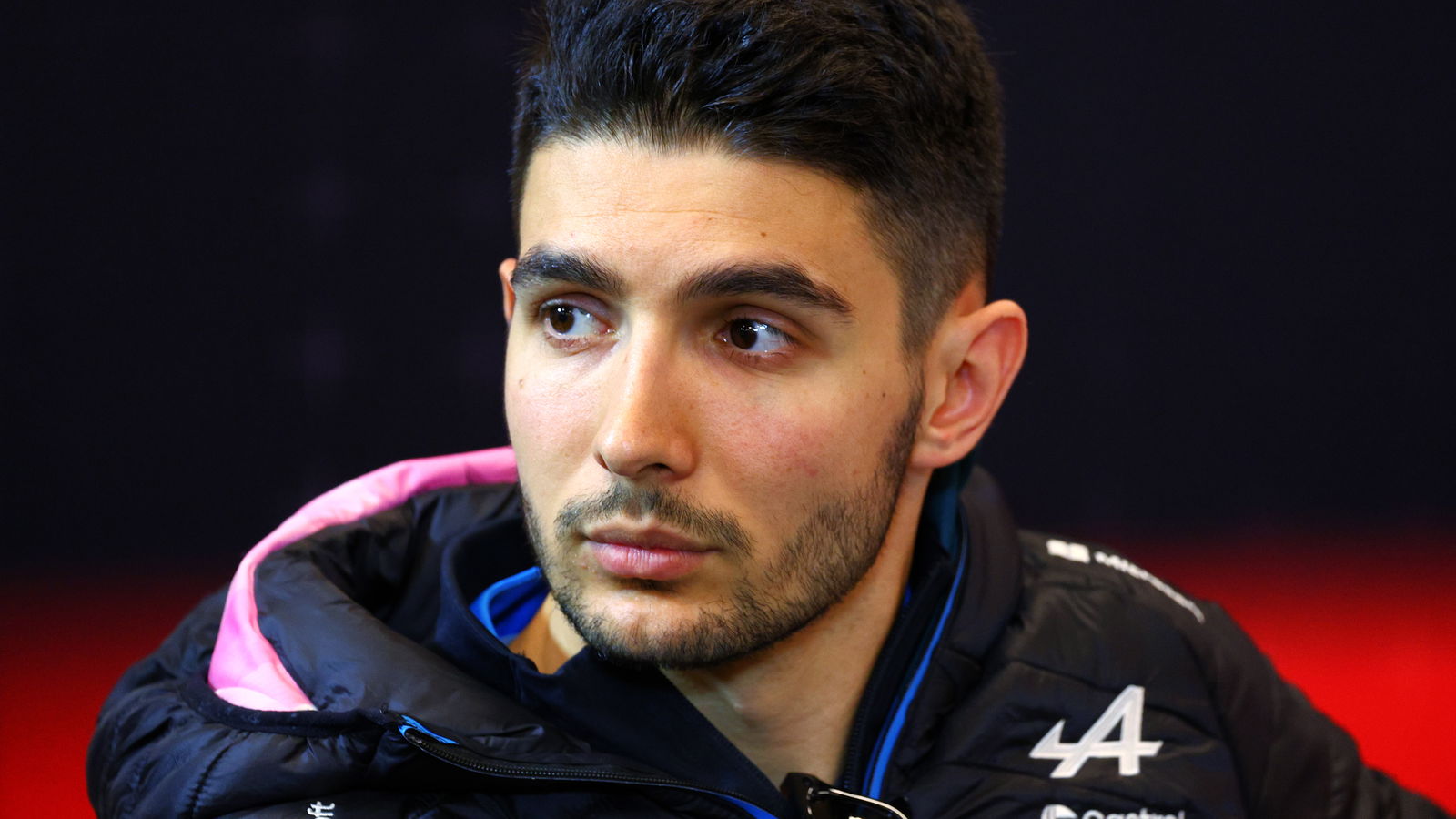
It was confirmed yesterday that Esteban Ocon will be leaving the Alpine F1 Team at the end of the 2024 season. The brightest moment of his five-year stint with the Enstone outfit was surely his miraculous victory at the 2021 Hungarian Grand Prix. That race saw rain affected chaos clear out a quarter of the field at turn one, and a masterclass in defensive teamwork from Fernando Alonso which in hindsight stands as a fascinating contrast to the self-interestedness and short-sightedness that has split the Alpine team apart.
Where Ocon will end up in 2025 is anyone’s guess, if he is to stay in the sport at all. But after needlessly ending his Monaco Grand Prix after contact with his teammate on lap one and getting publicly criticised by his team principal in the aftermath, his stock may be going downhill.
It was back in Hungary where the team took its first post-rebrand victory as Renault sought to more closely align its F1 entry with its sportscar division. Blue Alpine A110s are mainstays in the F1 paddock for pre-race demonstration laps with invited celebrities and hospitality guests, and with the boom of the sport’s popularity in the last few years, it may appear on the surface that this attempt to grow the Alpine brand has been successful. A 24 per cent equity sale last year valued the team at $900M and attracted high-profile celebrity investors and traditional Wall Street firms alike to be a part of an F1 team’s return to the top.
Yet something is rotten in the village of Enstone.
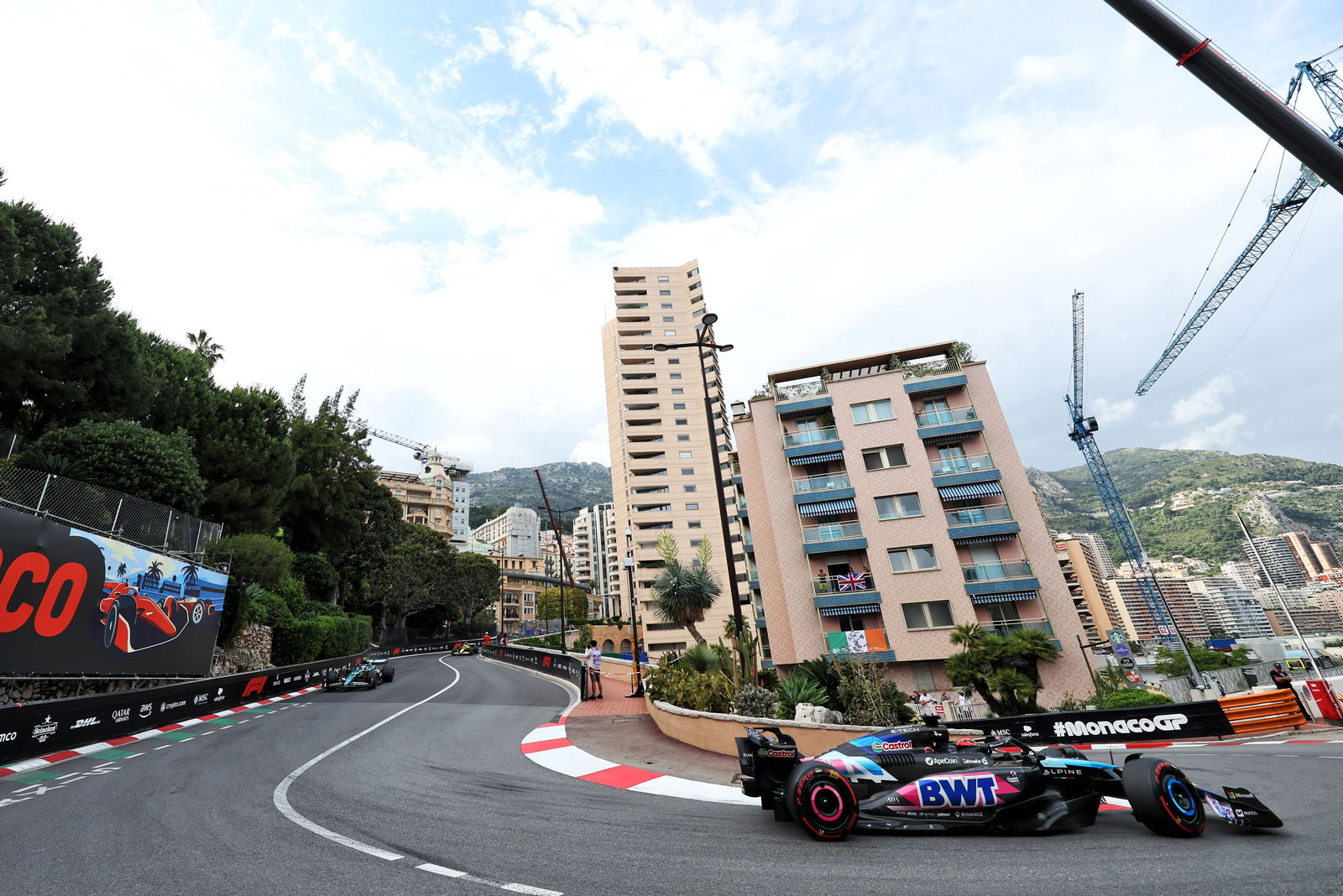
Esteban Ocon is the latest in a series of high-profile departures throughout the Alpine team since last summer, following on from some valued technical staff in December and CEO Laurent Rossi, team principal Otmar Szafnauer and sporting director Alan Permane during last year’s Belgian GP weekend.
The extent to which these departures represent a team unhappy with its staff, or staff members unhappy with the performance of their team varies on a case-by-case basis. For Esteban, it became clear in the early part of this year that his A524 was unlikely to be a mainstay in the point-scoring positions. This inevitably led to his representative knocking on the doors of the rest of the grid and slipping his CV through the proverbial letterbox.
That CV paints a picture of a talented young star from truly humble beginnings that rose to the top, or at least, very near to the top of motorsport. That is a genuine rarity in F1 and a testament to his hard work and talent. We’re all far too familiar with the lacklustre pay-driver that gets chosen over the bright young star without the budget to back up talent. Ocon’s rise was a welcome relief from that old headline, and it was this talent that caught the attention of the Mercedes F1 Team after his stellar GP3 championship win in 2015.
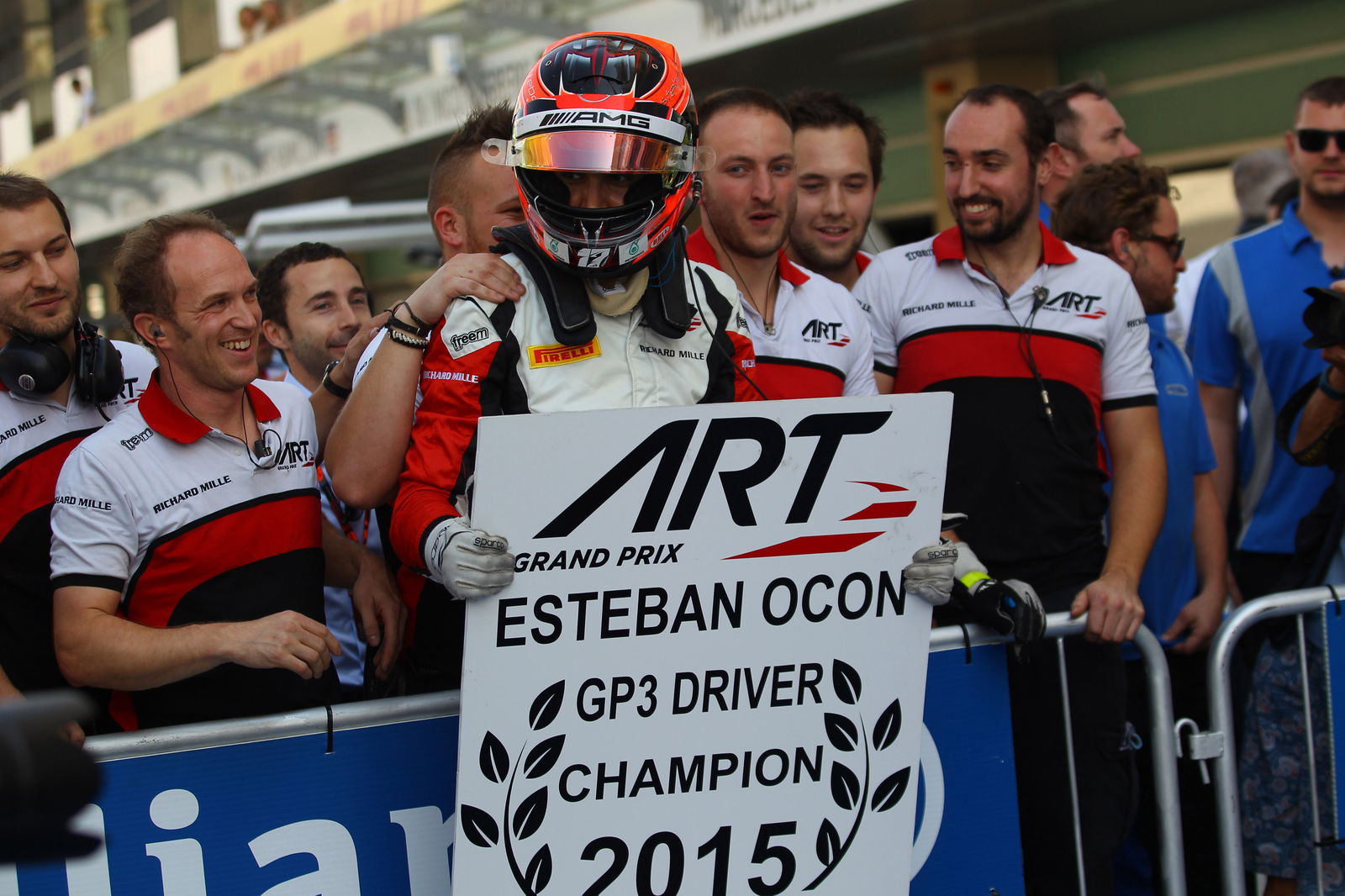
It’s important to remember too that back in the height of F1’s first turbo-hybrid era, access to the Mercedes ranks was the hottest ticket in town as Rosberg and Hamilton battled for the top step of the podium with their rocketship power unit. Daniel Ricciardo and Valtteri Bottas were the fast new kids on the block and an 18-year-old Max Verstappen was maturing quickly as a teenage prodigy at a Red Bull team that was looking to challenge the Silver Arrows in the next regulation cycle.
Ocon’s first F1 drive came as a mid-season replacement for Rio Haryanto at the Manor team. His first full season then came the following year in the Mercedes-engined Force India entry alongside Sergio Pérez. In this pairing, we saw our first signs of the inconsistency, temper, and ego that held Esteban back from promotion to that famous factory seat in Brackley. At this time too, a young and similarly Mercedes-backed George Russell was busy marching towards his 2017 GP3 title victory with ART, a feat he would repeat a year later in F2.
After the bust of Force India and a year away from F1 in 2019, Ocon arrived in Enstone as a French driver at a team keen to capitalise on its national pride (despite being largely based and operated out of a village in Oxfordshire). The stat sheet reads positively: 287 points across five years, a win, two further podiums including one at Monaco last year. That now seems a world away.
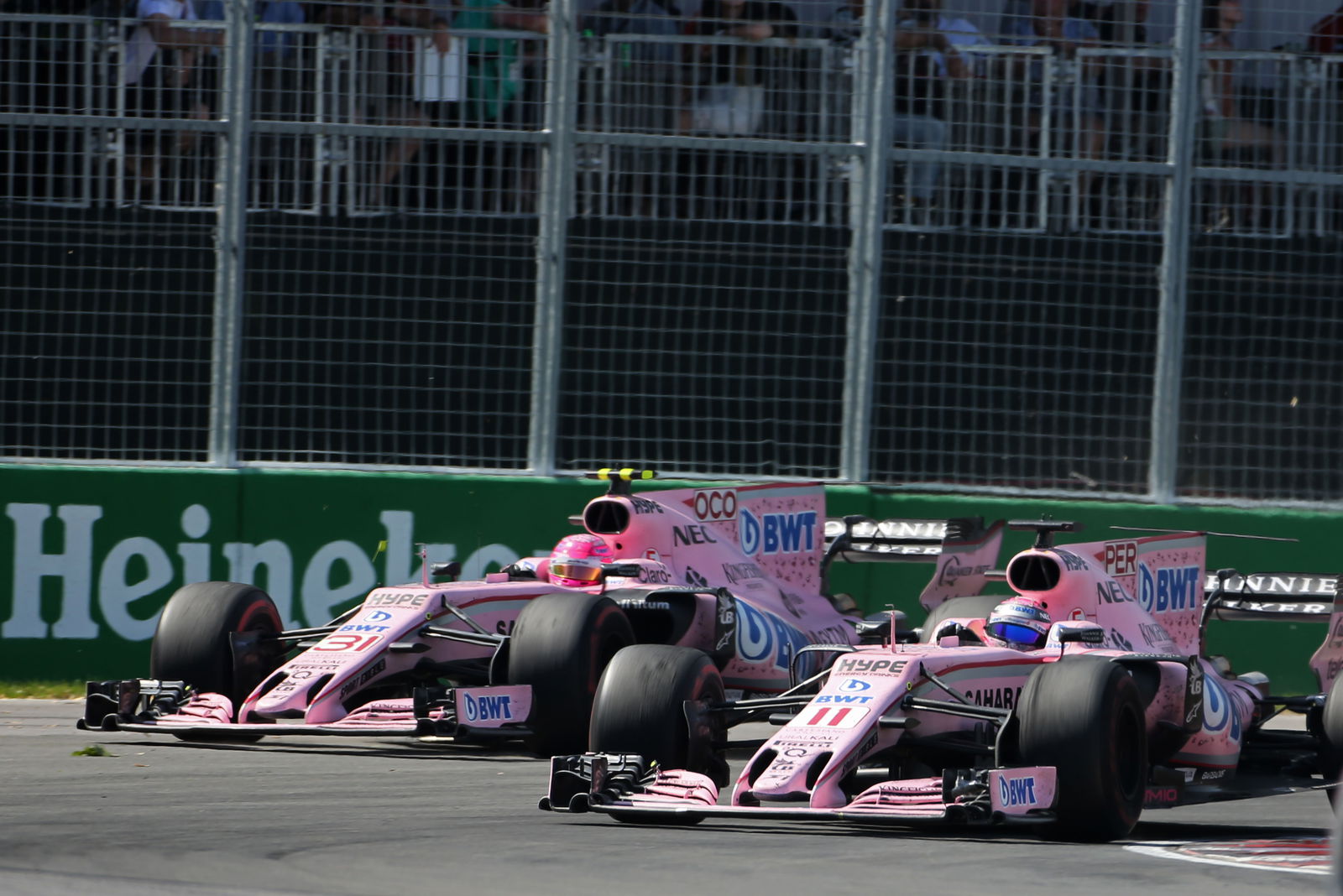
With fellow Frenchman Pierre Gasly likely to stay on with Alpine beyond this year, we must then turn to the question of Ocon’s replacement. Jack Doohan is Alpine’s current reserve driver. Countless hours of media, sim work, and testing have been a demonstration of his loyalty, and he’ll feel that it is time for his chance in the big leagues. Alpine’s current leading junior talent, 2022 Formula 3 Champion and 2023 F2 rookie of the year Victor Martins, will be hoping for an entirely different outcome, though without a turnaround in his scoring in F2 this year, his promotion is unlikely.
Mick Schumacher is midway through a WEC season with Alpine’s new entry in the top Hypecar class, yet he too will need to put more points on the board before he can put his points to the Alpine board later in the year. Zhou Guanyu will also want his hat to be thrown into the ring following the announcement of Nico Hulkenberg’s switch to Sauber next year. Zhou is, however, unlikely to be considered given the lack of track performance that led to his seat being up for contention in the first place.
The consequences of Ocon’s Monaco crash are twofold, firstly and most directly that Esteban has a five-place grid penalty. It’s a penalty that will be applied to a car that has struggled to make Q2 so far this year, meaning that Ocon will likely not make the points in Canada without a Budapest-esque miracle. Second strikes of lightning are just as rare in F1 as memories are short.
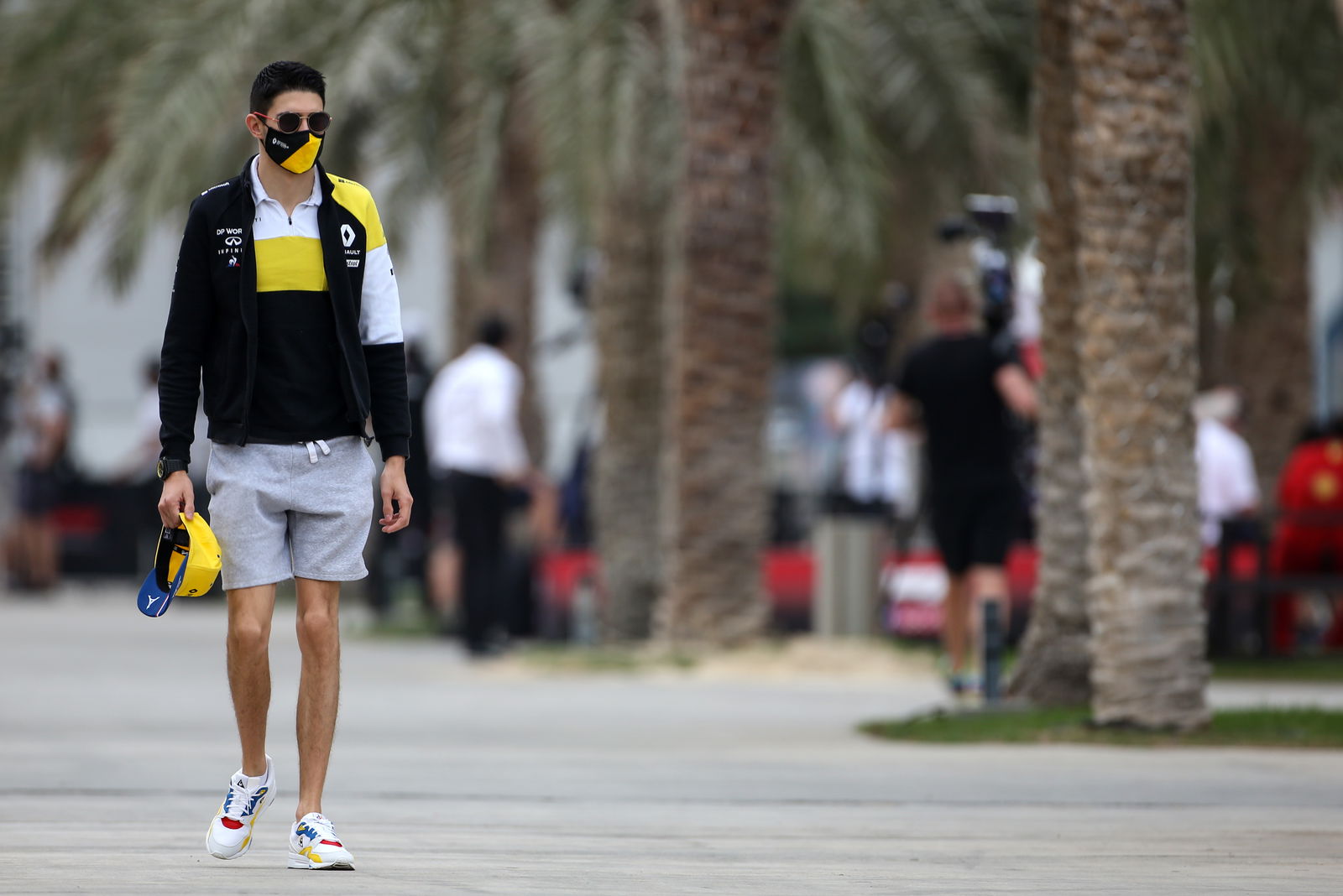
The other consequence of the crash is the reputational damage that it has done to a man whose CV, on paper, seems strong. Teammate relationships in F1 are never simple at the best of times, but the ability to keep calm, carry on, and steer clear of media controversy are key off-track skills that F1 teams look for when recruiting drivers.
It's unclear if these are the consequences that team principal Bruno Famin warned of last time out in Monaco, but they are serious barriers to his hireability. Ocon is beginning to feel more and more like a second choice. A known value that is unlikely to be chosen over mouldable junior talent or more concretely proven veterans.
How the Alpine team deals with both the media and each other this weekend will be an enticing storyline as the F1 world gets ready to go racing in Montreal. Though with its limited lap time potential it’s unlikely that much of this drama will be happening towards the sharp end of the grid.
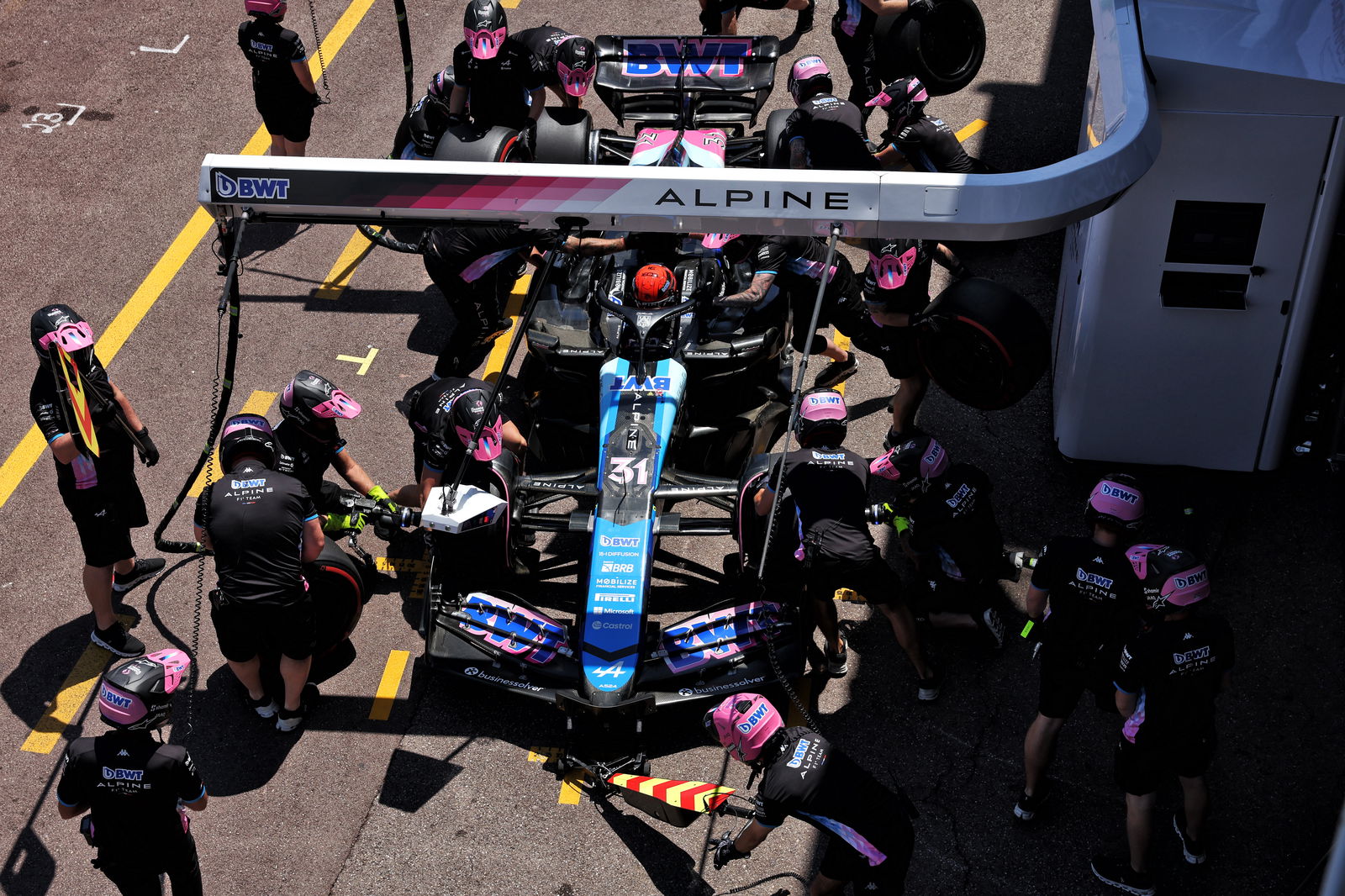
Speaking of the sharp end of the grid, it does seem that we’ve finally turned the corner on the single-driver dominance that F1 has given us over the last three years. Importantly too, both Ferrari and McLaren’s challenges to Red Bull are led by relatively new Team Principals who each have energised two of F1’s biggest sleeping giants.
If new leadership at Alpine is able to break the fractious cycle of the last few years, it may be an even greater feat than the achievements of Vasseur and Stella in the red and papaya camps. If Ocon is able to find a new home on the grid, he will have to keep his nose far more clean and learn to play more nicely with the other kids on the F1 playground.
 6.JPG?width=1600)
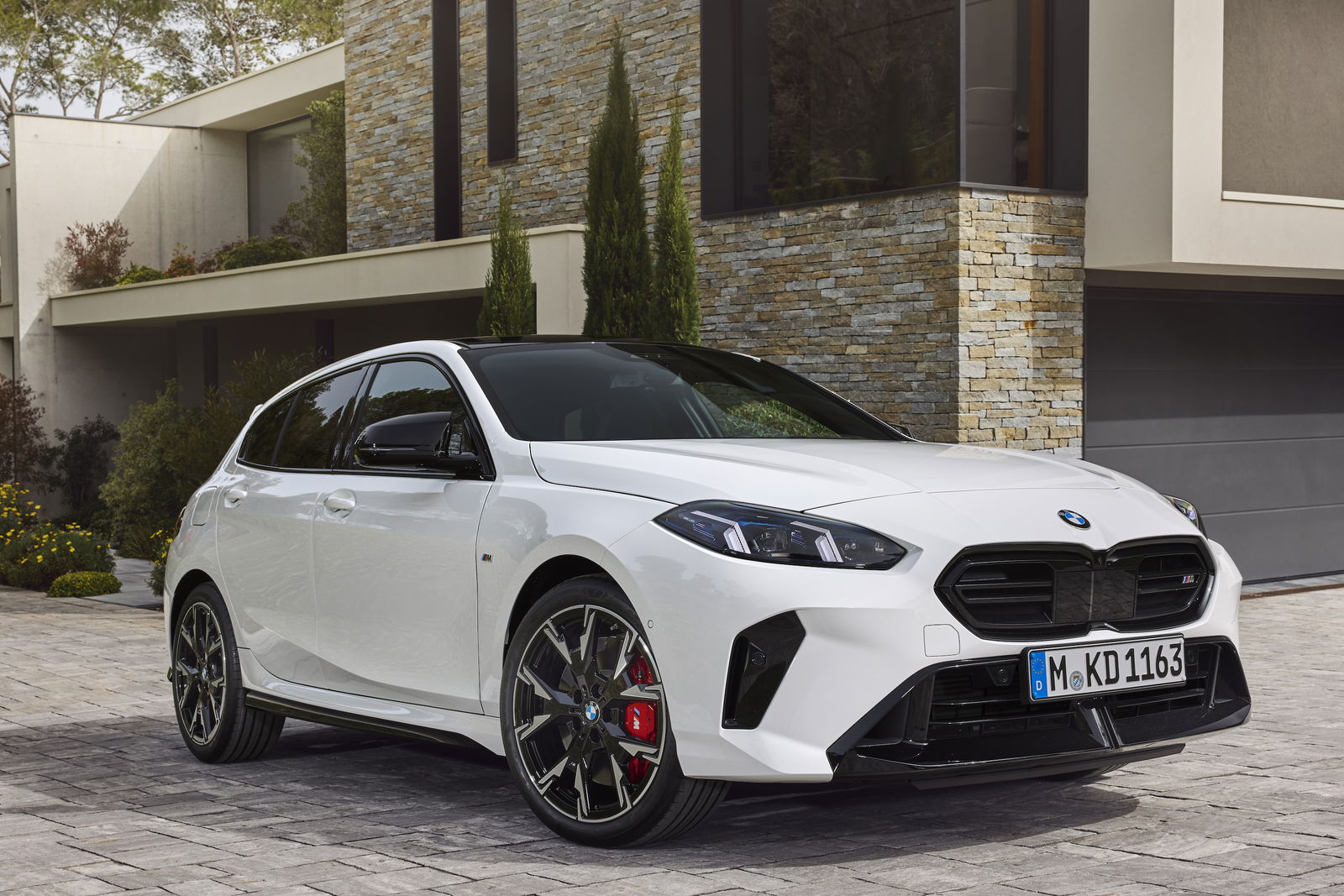
Comments